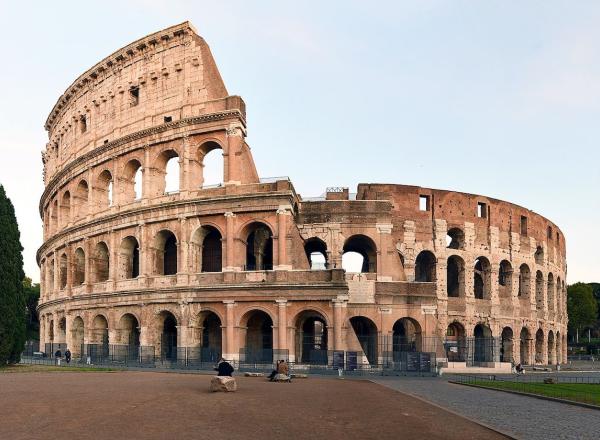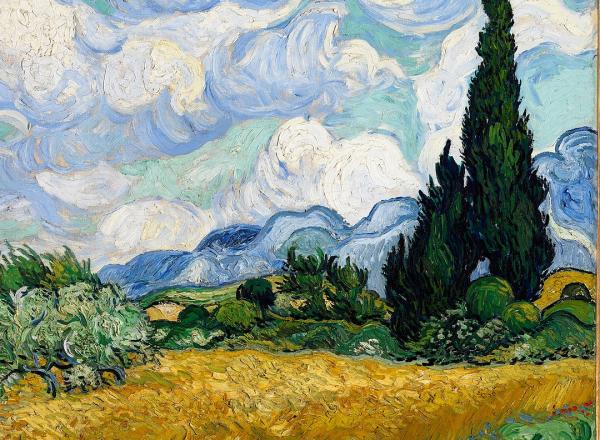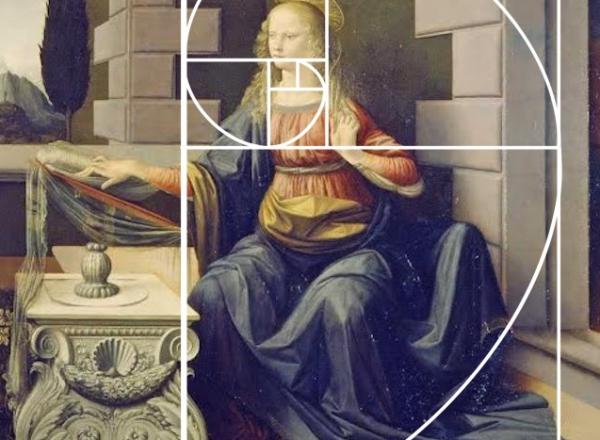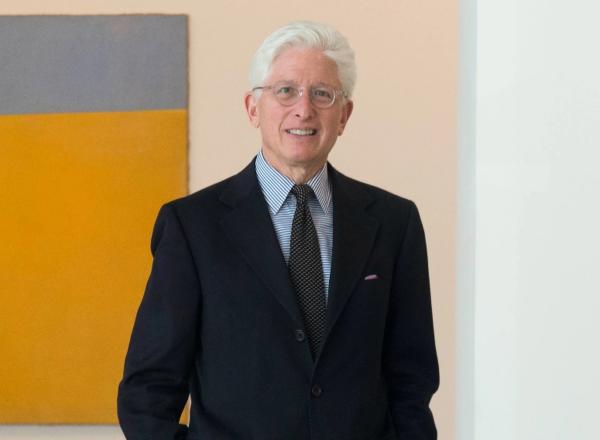Rome's city government has reported that it is working to solve a new rodent problem discovered by tourists at the Colosseum, brought on by a startling amount of photos and videos of the rats posted on social media.
Art News
Lisa Schiff, the once revered art advisor, has recently come into the spotlight for a lawsuit that accuses her of using her advisory firm to defraud clients in a Ponzi scheme. In the past, Schiff was known to be an advisor to the elite, with clients ranging from Leonardo DiCaprio to major corporations, foundations, and institutions.
Ilana Savdie: Radical Contractions, an exhibition at the Whitney Museum of American Art, showcases new large-scale paintings and works on paper that integrate a mixture of art history, folklore, human anatomy, microbiology, horror, and pop culture to create abstract artworks that speak to the cultural and political oppression and ensuing resistance that we find ourselves grappling with today in America.
"Gain a deeper understanding of Van Gogh’s artistic process through new discoveries from recent technical studies of Wheat Field with Cypresses and Cypresses in The Met collection. Hear from Museum experts about how these examinations have enriched our understanding of Van Gogh’s materials and process and shed light on his artistic vision." - The Met
For artistically-minded people, the golden ratio—or better yet, the divine proportion—might be easier to understand visually. Here are several examples of how the golden ratio can be applied to works from art history.
The Israel Antiquities Authority has announced that it is considering loaning precious mosaics from Israel to the Museum of the Bible in Washington, D.C., which has sparked an outcry from archaeologists and academics around the world.
Last week, a U.S. federal court sided with Vermont Law School, stating they the school is legally justified in concealing two murals that it deems offensive. The mural, painted by artist Samuel Kerson, depicts the slave trade and the history of the Underground Railroad in Vermont.
Sotheby's is set to present Bibliotheca Brookeriana, the sale of the book collection of T. Kimball Brooker, featuring over 1,300 sixteenth century French and Italian books, which is estimated to bring in over $25 million.
'A Summer Arrangement: Object & Thing' at LongHouse Reserve is an exhibition of new and site-specific contemporary art and design installed within Jack Lenor Larsen's East Hampton home and sculpture garden. While there are many works of art and design on view, Curator-at-Large Glenn Adamson selects one set of objects, Julia Kunin's trio of ceramics, and tells us something about it.
The Jewish Museum announced on Monday that James S. Snyder will be the next leader of the museum, beginning his post as the Helen Goldsmith Menschel Director in November.












![A Summer Arrangement: Object & Thing at LongHouse. LongHouse, East Hampton, New York. Photo by Adrian Gaut. Works pictured: [left to right] Julia Kunin, Purple Cliff, Green Providence and Fools Gold II (2022).](/sites/default/files/styles/image_10_column/public/juliakuninasummerarrangementimage-21.jpg?h=b239e24c&itok=P-we8lN3)




















